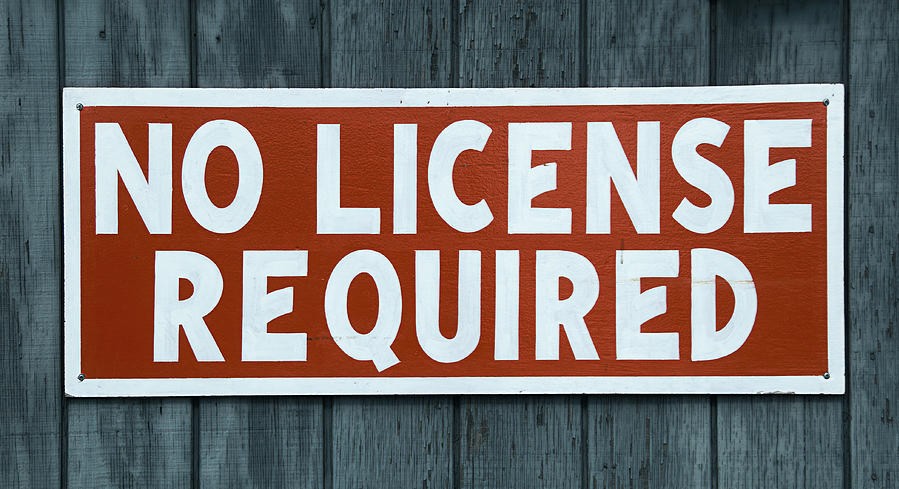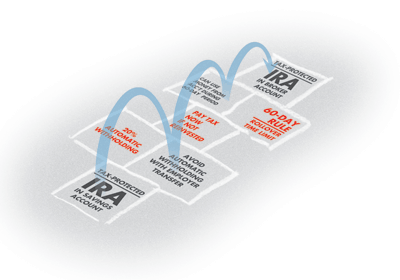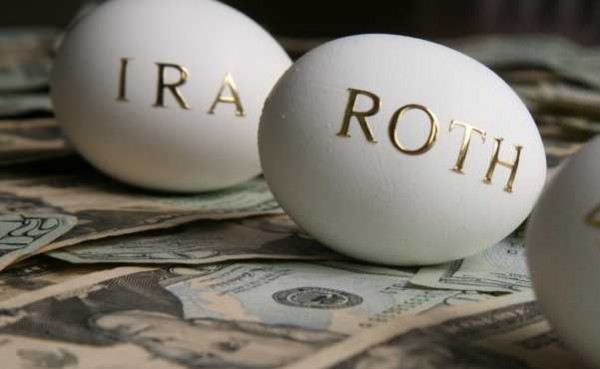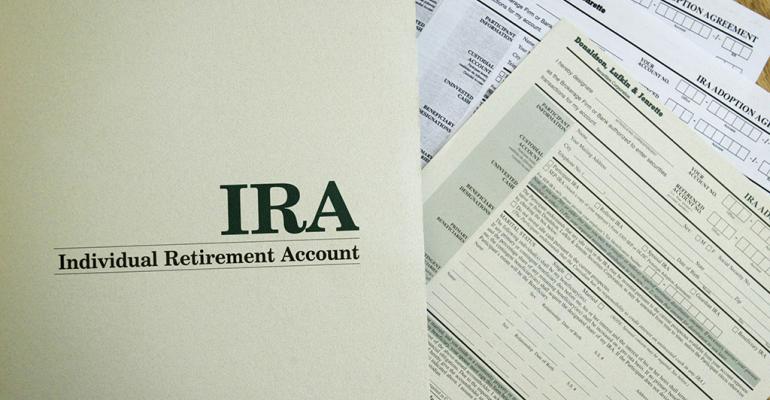How to invest your IRA in foreign real estate
In this post, we’ll look at how to invest your IRA in
First, let’s consider which IRA and 401K accounts can be invested in foreign real estate. Only a “vested” account can be invested in foreign real estate. A retirement account typically becomes vested when it moves from a previous employer to a new custodian… when you leave a job.
That is to say, a vested account is an account from a previous employer. When you left that job, the account left with you and is now under your control. A vested account can be moved to a US custodian that specializes in foreign real estate or into an offshore IRA LLC.
There are cases where a portion of your retirement account will vest if you’ve been with the same employer for many years. If you’ve been with the same company for a decade or so, you might want to discuss this with your human resources office.
There are also cases when a Defined Benefit Plan can be invested in foreign real estate. If you can convert your DB plan to an IRA, then it can be invested outside of the United States. You should ask your plan administrator if you can convert to an IRA.
Now that you know which of your retirement accounts have vested, here are the two methods that allow you to invest your IRA into foreign real estate:
- Move your retirement account to a US self directed IRA custodian that is experienced in foreign real estate investments, or
- Form an offshore IRA LLC and invest your retirement account into that LLC.
The first of these options has minimal costs while the offshore IRA LLC gives you maximum control over your retirement account.
Because your IRA has vested, you can move it to any licensed custodian in the United States. Yes, you must always have a US custodian, even if all of your investments are held abroad.
So, to invest in foreign real estate with minimal costs, you move your IRA from your current custodian to one that allows for investments in foreign real estate.We call these self directed accounts or SDIRAs.
I’d say 95% of custodians don’t allow for foreign investments. It takes effort to find a good SDIRA custodian experienced in these matters (we can introduce you to one at no cost – info@premieroffshore.com)
Fyi… the reason most custodians don’t allow for foreign real estate investments is that they make most of their money selling investments. When you buy foreign real estate with your self directed IRA, your custodian doesn’t make a commission. Thus, most custodians will try to dissuade you from investing abroad.
In contrast, self directed custodians that allow for foreign real estate in your IRA charge a monthly fee. Your costs are fixed and you keep 100% of the profits from your investments.
The second method of investing your IRA in foreign real estate is to form an offshore IRA LLC. In this structure, we form an international Limited Liability Company for you in a zero tax jurisdiction such as Belize, Cook Islands, Nevis, etc. We then open a bank account and appoint you as the administrator of that LLC.
Once the offshore IRA LLC is incorporated an the bank account is opened, your US custodian invests your retirement account into this LLC. From here, you’re the signor on the account and in total control. You send the wires and write the checks.
Because an offshore IRA LLC puts you in control, it’s best for those that want to manage an active investment account. For example, if you want to invest in cryptocurrency, gold, or trade stocks – in addition to buying foreign real estate – then an offshore IRA LLC is the way to go.
To put this another way, I recommend the offshore IRA LLC to active traders and those who want to hold crypto in their account. Because it costs about $3,500 to setup an offshore IRA LLC, it’s not cost effective for those with smaller accounts and those who plan to make only one or two foreign investments.
- There are some advanced tax benefits found only in offshore IRA LLCs. For more, see: What we can learn from Mitt Romney’s IRA.
- When you’re appointed as the investment manager of an offshore IRA LLC, you become responsible for following all of the rules. For an example, see: IRA Rules and Prohibited Transactions for Offshore IRA LLCs.
Lastly, there are a number of non-traditional high yield investments found outside of the United States open to IRA investors. The most popular are crypto and timber. Timber is interesting for many reasons. Because of its holding period an stable demand curve, some crypto investors are buying this asset as a hedge against volatility.
The reason I like timer is that you can realize a sold return AND get residency in a foreign country with your IRA. Invest $22,000 in Panama’s Friendly Nations Reforestation Visa and receive residency. After 5 years of residency you can apply for citizenship and a second passport.
I hope you’ve found this article on how to invest your IRA in foreign real estate to be helpful. For more information in forming an offshore IRA LLC or to be introduced to a custodian that’s experienced in foreign real estate transaction, please contact me at info@premieroffshore.com or call us at (619) 483-1708. We’ll be happy to help you to structure your international investments.




















